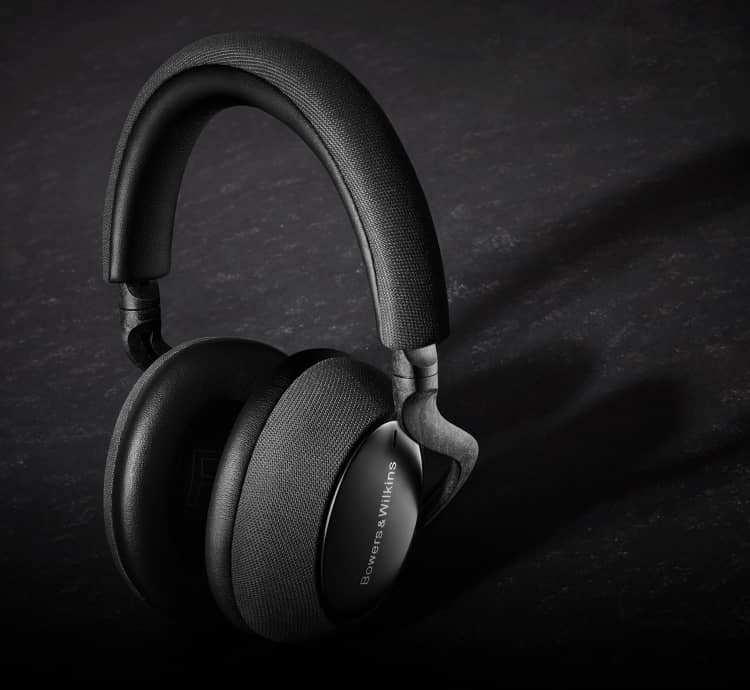Your listening experience can be made or broken by a quality pair of over-ear headphones. Good over ear headphones are cozy, offer superb sound, and are attractively designed. However, poor ones might have poor sound quality, quickly become uncomfortable, and have a hefty, bulky design.
When purchasing a new set of over-ear headphones, there are many factors to take into account, but not all of them will be equally significant to you. However, to choose the best over-ear headphones for you, it’s a good idea to be knowledgeable about the many features of a pair.
Here is everything you should think about before purchasing a set of over-ear headphones.
Wired or wireless
Maybe the most important decision to make is whether you want a pair of wired or wireless headphones. In general, wireless headphones will be a little more convenient than corded ones. Without having to deal with wires all over the place, you simply turn on your wireless headphones and they should connect to your listening device, which you can then keep in your pocket.
Of course, using wired headphones has a benefit. To begin with, wired headphones often produce higher sound quality, however, this is expected to alter as wireless technology advances. Although audiophiles with trained ears might be able to notice the difference in sound quality, most typical listeners won’t be able to.
Other elements could influence your choice between wired and wireless headphones. For instance, you should make sure your wireless headphones are routinely charged to prevent the battery from dying. Battery life on over-ear headphones can vary from 12 hours on the low end to 30 hours or more on the high end. If you have trouble remembering to charge your devices, this may be a crucial factor to take into account.
In the end, you have to decide between convenience and sound quality. If you’re a typical listener, we advise investing in a set of wireless headphones. However, if you’re an audiophile who demands the best sound quality available, wired headphones are the best option.
Open or shut
The great majority of consumer headphones available today are closed-back, which means they are designed to keep outside disturbances out and the music inside. Most listeners will appreciate that. Who wants to hear every noise that’s going on around them when they’re trying to listen to music, after all?
Open-back headphones do have one significant advantage, though, and that is sound quality. A wider soundstage and more authentic sound are produced by open-back headphones. As a result, we advise audiophiles who will be conducting most of their listening at home in a quiet setting to select open-back headphones.
Conversely, everyone else should choose closed-back headphones instead. If you’re unsure of the closed-back or open-back status of a set of headphones, it’s closed-back. Typically, open-back headphones are advertised by their manufacturers.
Noise cancellation
Over the past few years, noise cancellation has increased in popularity and improved greatly. However, most audiophile headphones don’t have noise cancellation because it degrades the overall sound quality, which is undesirable when attempting to provide the greatest sound possible.
Even still, if you want to use the headphones for things such as flights and travel, it’s a really useful function to have. Airplane engines or other drones can now be effectively muffled by noise canceling technology.



